The Danish composer Fuzzy has musically decorated The Black
Diamond with his work Katalog (Catalogue) which is inspired by the treasures of the
library and presents 52 electro-acoustical works of which one is played every day at 1.00-1.03 p.m. - a new
work every week.
The music can be heard in the big atrium of the library (called "The Chip") between the
balconies, glass walls and transverse bridges.
Below we present the pictures and a short description of the objects from the library which
have inspired Fuzzy for the music of the individual weeks in September and October (week no. 36-44).
Back to the index
Week 36
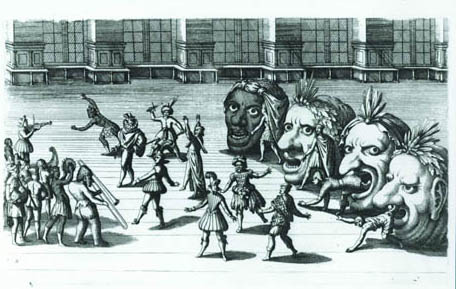
Allegorical entertainments during festivities held in Stuttgart in 1616 by Duke Johann Friedrich
of Württemberg on the occasion of his son's baptism. Princely festivities with tournaments
and carnival-like parades with imaginative tableaux served a ceremonial function and were
attended by numerous invited guests from other princely courts. The festivities at Stuttgart
lasted for eight days and resulted in a publication of 77 plates, most of them done by the
engraver Matthæus Merian, who later became famous as a publisher of topographical works.
It was published in 1616 by the artist Esaias van Hulsen with the title Repræsentatio
der furstlichen Aufzug und Ritterspiel.
University Library Department, signatur 15, - 146, oblong.
Week 37
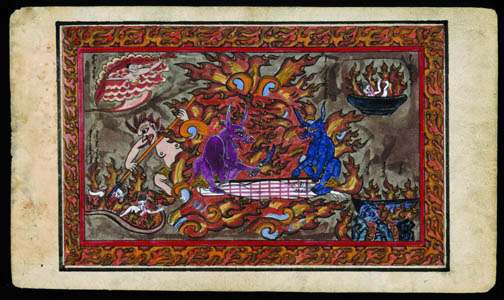
Illustrated Mongolian manuscript from the nineteenth century of the legend of the pious monk
Molon Toyin, who journeys to the underworld to save his mother and has to pass through the
Buddhist hells, eight hot and eight cold, in which the damned suffer their punishments.
Acquired through Kaare Grønbech.
Oriental Collection, Mong. 417.
Week 38
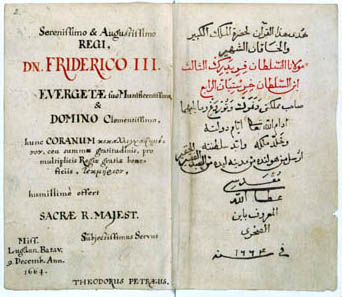
A small manuscript of the Koran, presented to Frederik III and inscribed in Latin, Greek and Arabic by the
Danish Orientalist, Theodor Petræus. The king had provided financial support for Petræus's studies in the
Orient 1655-60.
Oriental Collection, Cod. Arab. XIX. See more about the manuscript.
Week 39
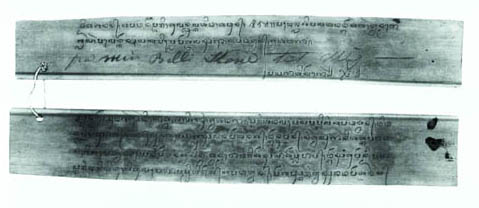
Letters to Mads Lange (1807-56) - The King of Bali - written on plam leaves. Lange was a Danish
sailor and merchant. He originated from Rudkøbing, Denmark and he established himself as
a merchant at Æp,bpl in 1834, in 1839 at Bali. His merchant house exported coffee, spices and
tobacco and imported textiles and weapons. On the palm lead from his Balinese wife, he has written
with a pencil: "Fra min Balli Kone til Mig" (from my Balli wife to me).
Oriental Collection, Malay (Bal) 1.
Week 40
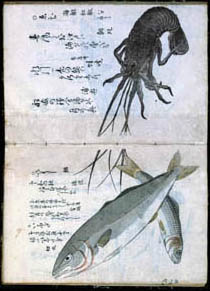
Fine illustrations of fish and shell fish, one of the earliest examples of multicolour printing
produced in Japan. From Umi no sachi (The blessing of the sea), an anthology of poetry
printed in 1776 with illustrations by Katsuma Ryuusui. The first edition appeared in 1762.
Oriental Collection, OA 93-125, kvarto. See more about the book
Week 41
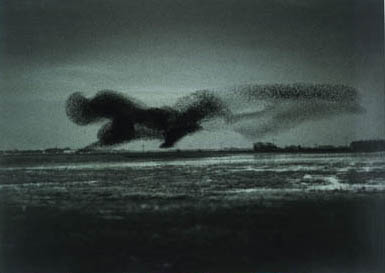
Kirsten Klein (b. 1945). From the series Stæreflok ved nattesæde, Tøndermarsken
1998. Silver-gelantine,
420 x 583 mm.
The National Museum of Photography, acc. Nr. 2000-40/6 .
Week 42
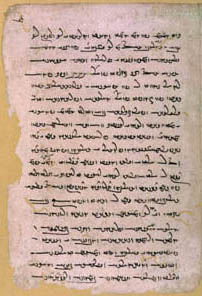
Manuscript of the Pahlavi text Bundahish, one of the basic texts in the teachings of
Zoroastrianism. One of many Pahlavi and Avesta manuscripts brought back to Denmark
by the philologist Rasmus Rask from his journey to India and Ceylon 1816-1823. This is from
c. 1330 and is viewed as the most important one known to have survived.
Oriental Collection, Cod. Iran. 20.
Week 43
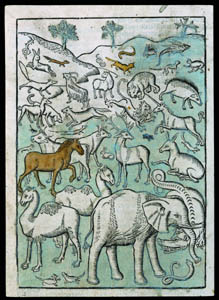
Bartholomæus Anglicus: Van den proprieteyten der dinghen (On the properties of things),
printed in Low German in Haarlem by Jacob Bellaert in 1485. The work is an encyclopedia based
on the Bible and covers in particular the natural sciences. Written in Latin by an English
Franciscan in the 1200s, the book is one example among many of how the old medieval writings
had their life extended by the printing presses. Of about 25 known editions from before 1500,
the Royal Library owns nine copies in Latin, Low German and French, but only in the Low German
edition are the woodcuts partly coloured. The land animals depicted on this woodcut correspond
to the zoological plates in a modern encyclopedia.
The Manuscript Department,
Rare Book Collections, Ink. Nr. 577, folio.
Week 44

Robertus Valturius: De re militari (On military matters), printed in Verona by
Johannes Nicolai de Verona 1472. Valturius was an Italien military officer of the time, and
his book is not only the first edition of the first up-to-date work on military arts in moderne
times, but also the first book with illustrations of a technical subject. Often military books
present depictions of contemporary technology, and these pictures of military machinery provide
an instructive contribution to the history of technology.
Manuscript Department,
Rare Book Collections, Ink. Nr. 4083 folio.
Back to the index
Comments for The Music and Theatre Department
Updated March 2005










